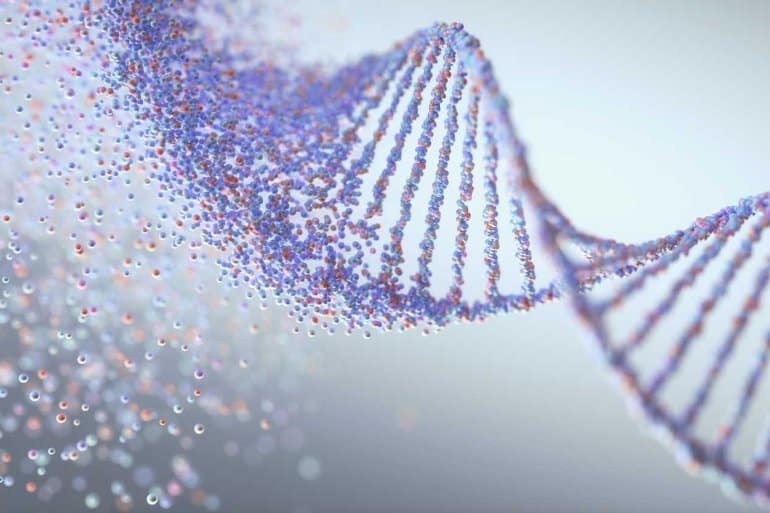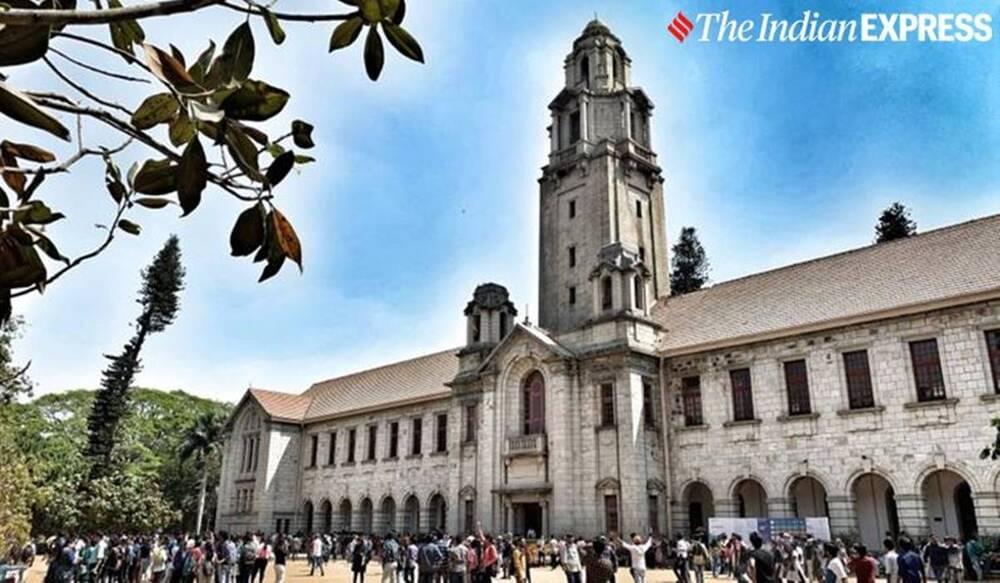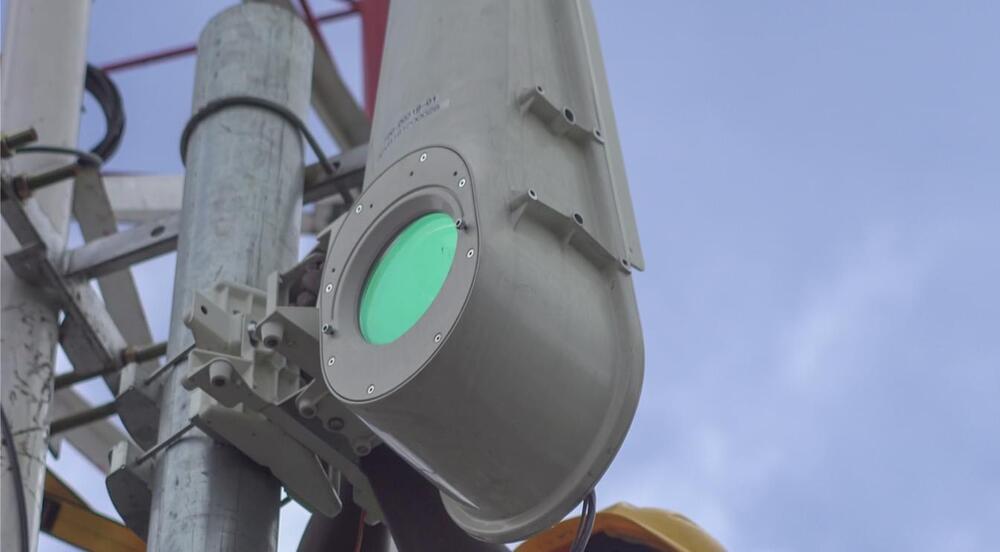We live in a world where significant technological developments in processing technology have dramatically transformed our way of life, with rapid improvements in computing capacity.
The world’s information continues to grow. In 2,018 the total amount of data stored in the world was 33 zettabytes (33×1021 bytes). To put it another way, one zettabyte of data would require 33 billion one-terabyte.
As difficult as it is to wrap one’s head around that amount of data, it is expected to swell to 175 zettabytes by 2025. To this date, extracting and storing this increasingly massive amount of data represents a tremendous challenge in terms of efficiency, accuracy, and sustainable energy cost.








